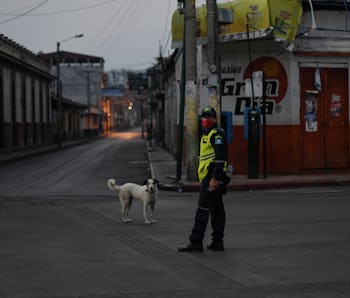Culture
Google location data shows how effective coronavirus lockdown policies have been
An effort to help governments slow the spread.

Google has launched a new collection of reports highlighting location data to show the effectiveness of lockdown policies put in place to slow the spread of the coronavirus. In a blog post announcement, Google says public officials have requested the same aggregated, anonymized data from mobile phones that Google Maps uses to track crowding.
The data is available for free via the COVID-19 Community Mobility Reports website. Using it, anyone can see how behavior has changed in response to policies in 131 countries and regions, including all 50 states. In New York, for example, visits to places like restaurants, retailers, and movie theaters are down 62 percent.
How the reports are compiled— Google pulls the data to chart movement trends over time in locations that are usually highly trafficked. The most recent information is from 48 to 72 hours prior. Neither the total number of visits, nor any personally identifiable data is published. Google says it'll work to add more regions over the following weeks.
When you select a region, a PDF file that looks like the one above will pop up. The data is broken down into categories including parks, transit stations, workplaces, and residential. In New York, all data points have seen a decrease of at least 30 percent, save for residences, which is up 16 percent.
How the data can be used — In addition to showing the effectiveness of coronavirus policies, Google says the data can help inform transit needs and delivery service offerings. Google is also working with epidemiologists to better understand and forecast the pandemic.